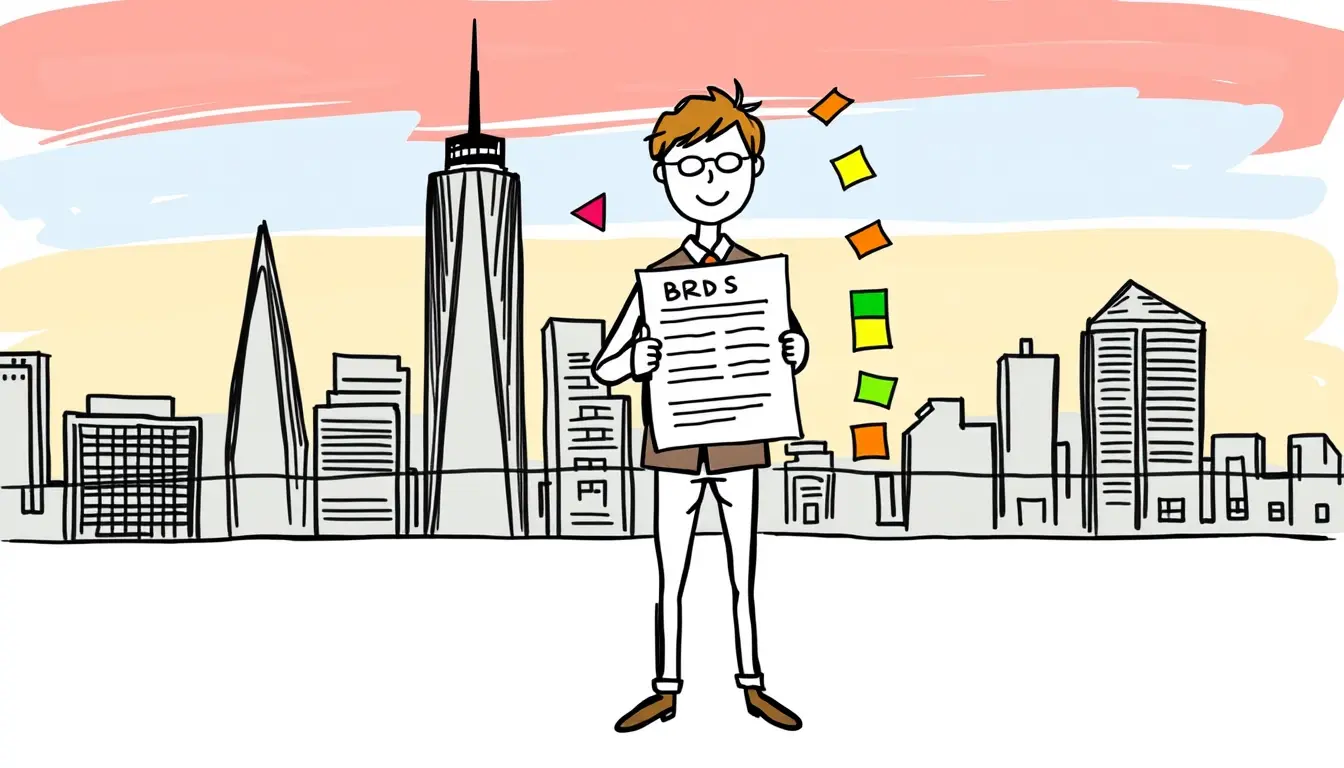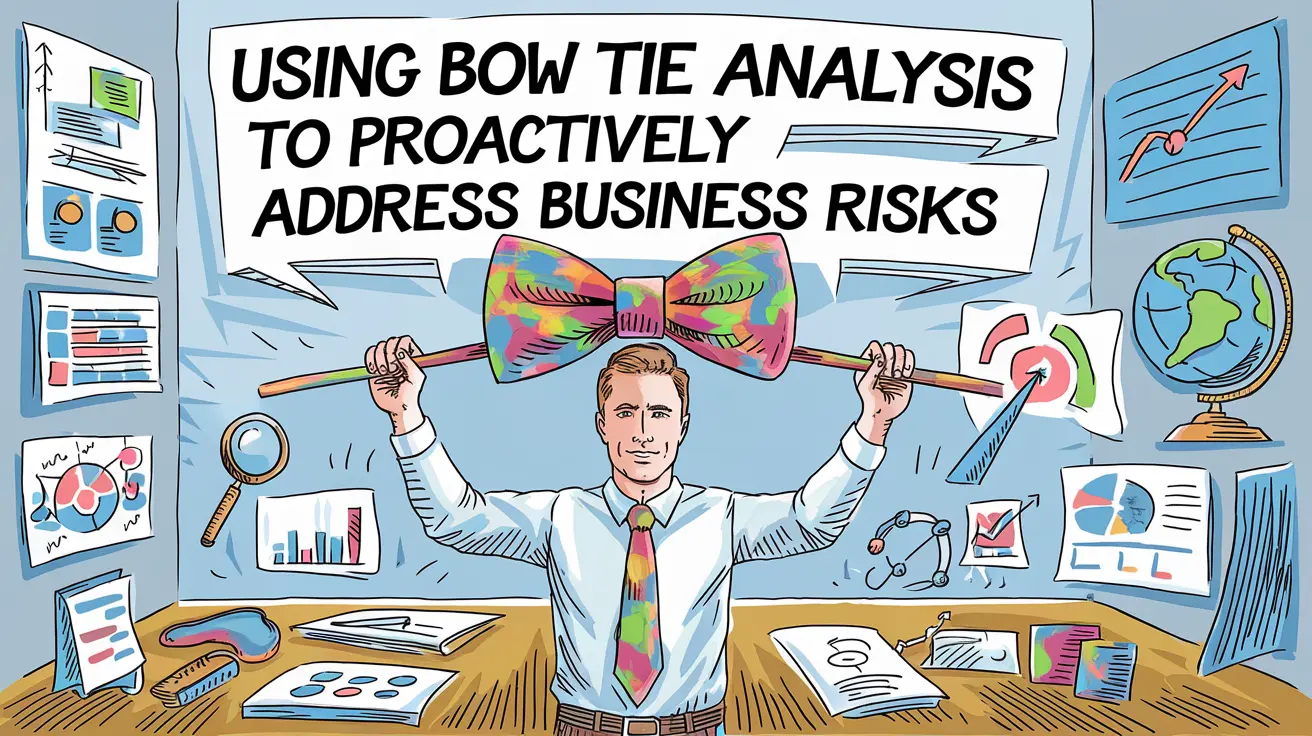What does the term business requirements document (BRD) mean?
A business requirement document (BRD) is a comprehensive document that outlines the requirements, project objectives, and key stakeholders of a new project. The BRD includes a detailed overview of the business solution being proposed and outlines the responsibilities, roles, and expectations of all parties involved throughout the project lifecycle. The document outlines specific features, functions, and objectives of the project to ensure that all stakeholders understand the requirements and expectations. Furthermore, it serves as a reference guide that helps teams manage scope, risks, and timelines effectively. The BRD is an essential tool that helps to align expectations among all parties involved in the project and ensures that the agreed objectives and requirements are met.
What kind of details are included in a business requirements document?
A business requirements document (BRD) is a key document used in project management that outlines the project objectives, project scope, and high-level requirements necessary to achieve those objectives. The BRD is designed to provide an executive summary of the key requirements identified through consultation with the key stakeholder groups involved in the project. These stakeholders include the project sponsor, business owners, project managers, and technical team leads. The document should contain an outline of the project’s objectives and a clear definition of the business requirements that must be met to achieve those objectives. In addition, a cost-benefit analysis should be included to help stakeholders understand the potential benefits of the project compared to the costs involved. Overall, the BRD should thoroughly capture all the necessary details about the project’s scope, objectives, and requirements to ensure the project’s success.
Which Individuals are the intended users of this Business Requirements Document Template?
This business requirements document template is designed for use by a variety of individuals within an organization. Specifically, it is intended for business analysts and project managers who are responsible for gathering, documenting, and communicating business requirements across various stakeholders. This document template serves as a guideline for creating a comprehensive and detailed business requirement document that clearly defines the needs, goals, and objectives of a project. It also serves as a deliverable that can be shared with other team members, stakeholders, or clients. By using this business requirement document template, business analysts can ensure that they capture all necessary information in a standardized, consistent format that can be easily understood by all parties involved in the project.
What is the significance of Business Requirement Documents?

A business requirement document, also known as BRD, is essential in any successful project. It details the objectives and requirements of a project, ensuring that all stakeholders understand the expectations and constraints of the project. BRDs outline the scope and feasibility of a project, identifying potential challenges and roadblocks that may arise. They also help to ensure that project milestones and deliverables are met on time and within budget, preventing costly delays and failures. BRDs are an invaluable tool for communication between teams and stakeholders, providing a clear and concise plan for achieving project goals. In short, BRDs are important because they enable effective planning, communication, and execution of projects, leading to successful outcomes.
What steps do you need to take to produce a document outlining the needs of a business?
Creating a business requirements document is a crucial step in any project. The main objective of this document is to clearly identify and define the project requirements, stakeholders, and their needs. Therefore, proper preparation is required to create a detailed and effective business requirement document. Firstly, it is essential to identify all the stakeholders involved and their expectations. Secondly, it is important to gather all the project requirements and organize them in a structured manner. Thirdly, businesses should follow a template that has been designed to cater to the specific requirements of the project. Thus, using a well-defined template saves time, reduces errors and ensures consistency. Finally, all stakeholders must review and validate the document to ensure that the document reflects the project accurately, and it meets everyone’s expectations. Ultimately, a thorough preparation process leads to an accurate and effective business requirements document.
Who takes on the responsibility of producing a Business Requirements Document (BRD)?
The responsibility of creating a Business Requirements Document (BRD) usually falls on a team of business partners who have a deep understanding of the project goals and objectives. The purpose of the BRD is to capture and define the business requirements needed for the successful completion of a project. It outlines the objectives, scope, and deliverables of the project along with any constraints and dependencies. The BRD is a crucial document in the project lifecycle and provides a foundation for project planning, design, and implementation. Various team members, including the project manager, business analysts, and technical leads, may contribute to the BRD creation process. Requirements may also be gathered through stakeholder interviews and workshops to ensure that all perspectives are taken into consideration. Ultimately, the BRD is a collaborative effort by all involved parties to ensure a successful project outcome.
What is the process for creating a template for a Business Requirement Document?
When starting a new project, it’s important to use a business requirement document (BRD) to clearly define and communicate the project’s objectives and specifications. Creating a business requirement document template can streamline this process and ensure that all necessary details are included. To create a BRD template, consider the jargon and technical terms commonly used in the field of software development and make sure they are clearly defined for all stakeholders. Start by brainstorming the key requirements and sections to include in the document, such as the project scope, timeline, budget, and acceptance criteria. It’s also important to avoid any potential misunderstandings by clearly specifying who is responsible for each task or deliverable. By using a well-crafted BRD template, you can save time and ensure that your team is aligned and focused on delivering a successful project.
Tips for Writing BRDs
Writing a Business Requirements Document (BRD) can be a challenging task, especially when it comes to identifying and documenting the needs and requirements of stakeholders. One of the key tips for writing BRDs is to always start by ensuring that you have a sound understanding of the problem that the document is supposed to solve. This means taking the time to gather feedback from stakeholders and aligning their expectations. Another important tip is to be as specific and detailed as possible while focusing on the key goals and objectives of the document. A good way to achieve this is by using diagrams, flowcharts, and other visual aids to help explain complex ideas clearly. It’s also important to keep in mind that the BRD is not just a document, but a working tool that should be updated regularly to reflect changes in the project. By following these tips, you can write a clear and effective BRD that will help you achieve the desired outcomes effectively.
What are the benefits of utilizing templates for creating business requirement documents (BRDs)?
Using a BRD (business requirement document) template is beneficial for businesses and their stakeholders as it outlines the project requirements, project objectives and executive summary in a uniform format. The BRD template saves time and effort for the business analyst as they can follow the structure of the template to prepare the document. Additionally, it helps to avoid any misunderstanding between project stakeholders as they all understand the format of a BRD document. A BRD template also makes it easy to include relevant information for the project, such as the identified stakeholders, project goals, and the scope of the project. To ensure the success of the project, the business must use a business requirement document which is comprehensive, accurate, and detailed. Thus, using a BRD template can ensure that a standard is followed when documenting business requirements.
What distinguishes business requirements from functional requirements?
Business requirements and functional requirements are two distinct concepts that are crucial to understand when conducting a project. While business requirements define the needs and objectives of the stakeholders, functional requirements specify the technicalities of how the stakeholders’ needs will be met by the project. A business requirement document (BRD) offers a high-level, stakeholder-oriented overview of the project requirements, whereas a functional requirement document (FRD) outlines the detailed technical specifications required to achieve the business objectives. It is important to know the difference between business requirements and functional requirements as they serve different purposes and help to ensure that the project is successful. Understanding the relationship between the two documents is vital in order to meet all project goals and ultimately provide a solution that meets stakeholders’ needs.
BRD Template (Outline)
Feel free to utilize our comprehensive BRD Template Outline provided below. This versatile template can be easily adapted for various platforms, including Word, Confluence, PDF, Notion, and more. Take advantage of this resource to streamline your project planning and improve collaboration among stakeholders.
1. Introduction
1.1. Purpose
1.2. Scope
1.3. Definitions, Acronyms, and Abbreviations
1.4. References
1.5. Overview
2. Overall Description
2.1. Product Perspective
2.2. Product Functions
2.3. User Classes and Characteristics
2.4. Operating Environment
2.5. Design and Implementation Constraints
2.6. Assumptions and Dependencies
3. System Features
3.1. Feature 1
3.1.1. Description and Priority
3.1.2. Functional Requirements
3.1.3. Non-functional Requirements
3.1.4. Acceptance Criteria
3.2. Feature 2
3.2.1. Description and Priority
3.2.2. Functional Requirements
3.2.3. Non-functional Requirements
3.2.4. Acceptance Criteria
[Repeat for additional features]
4. External Interface Requirements
4.1. User Interfaces
4.2. Hardware Interfaces
4.3. Software Interfaces
4.4. Communication Interfaces
5. Other Non-Functional Requirements
5.1. Performance Requirements
5.2. Safety Requirements
5.3. Security Requirements
5.4. Software Quality Attributes
6. Project Timeline and Milestones
6.1. Project Schedule
6.2. Milestones
7. Appendices
7.1. Supporting Information
7.2. Glossary
Conclusion
In conclusion, a well-structured Business Requirements Document (BRD) serves as a valuable tool for project teams, providing a clear and comprehensive outline of the project requirements. By utilizing this BRD template, you can ensure that all stakeholders, developers, and project managers are on the same page, ultimately leading to a more efficient and successful project execution. Remember to customize the template according to your project’s specific needs and communicate with your team throughout the process to address any changes or updates. A well-maintained BRD will help you create a solid foundation for your project and pave the way for its success.














Leave a Reply